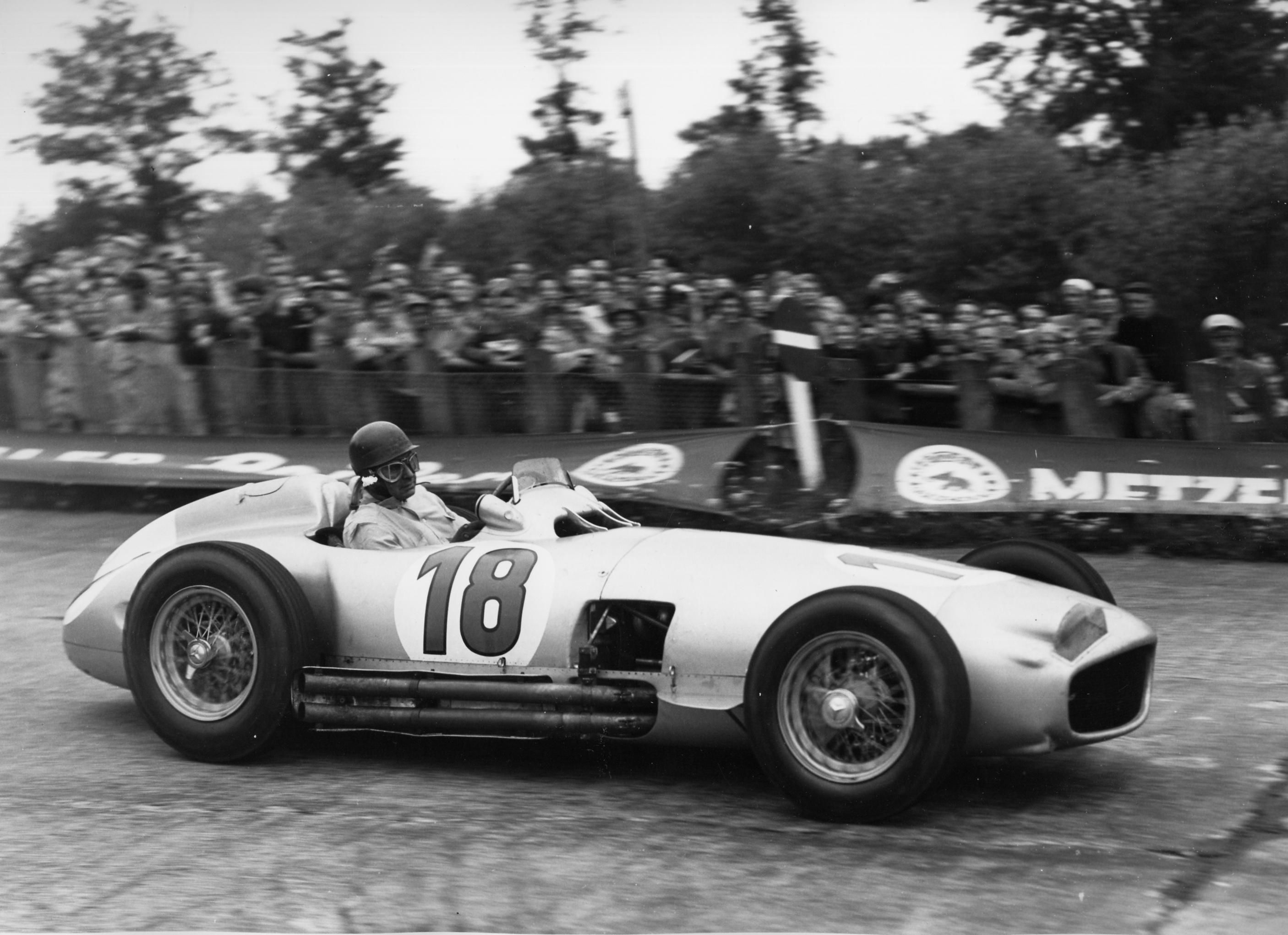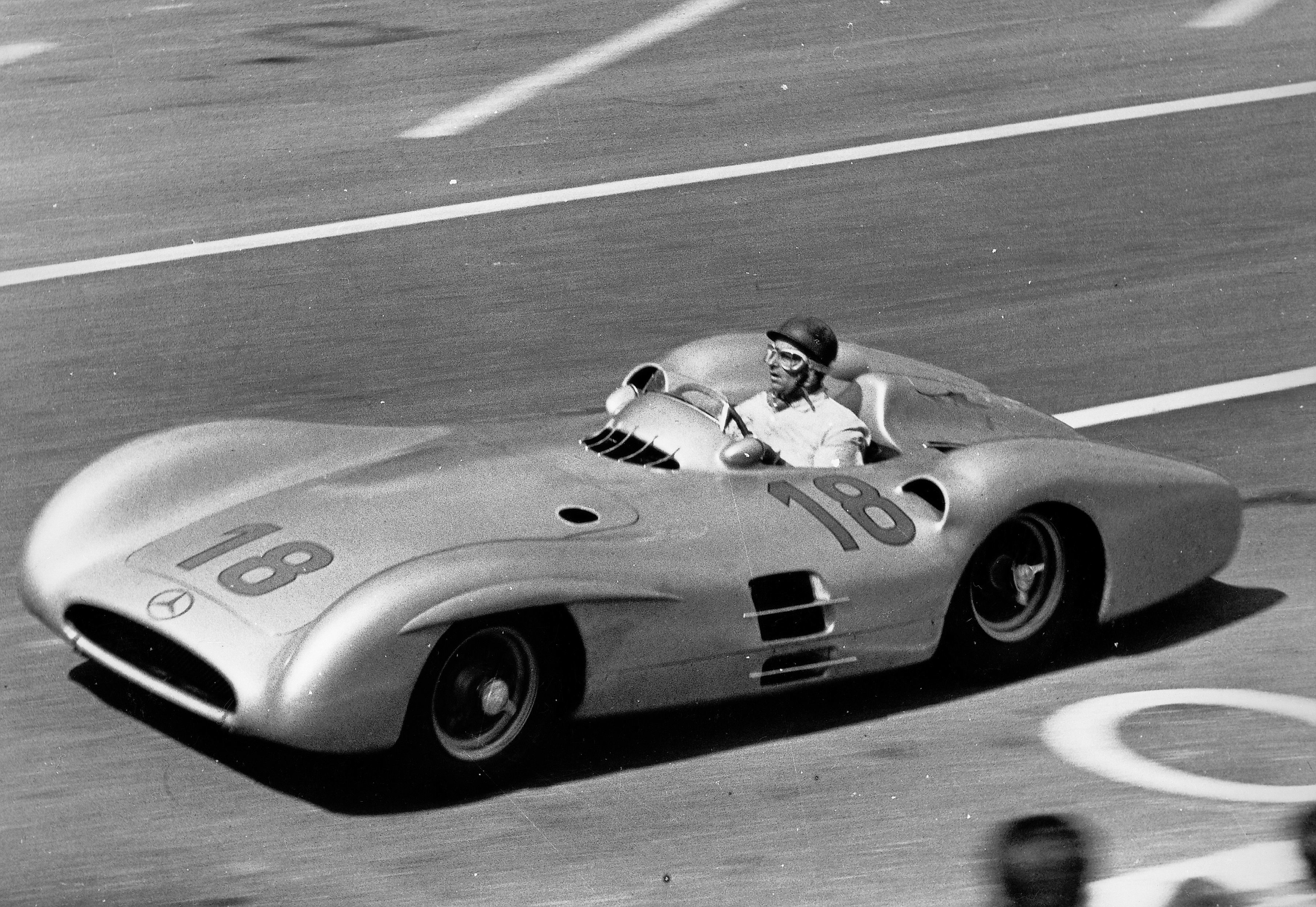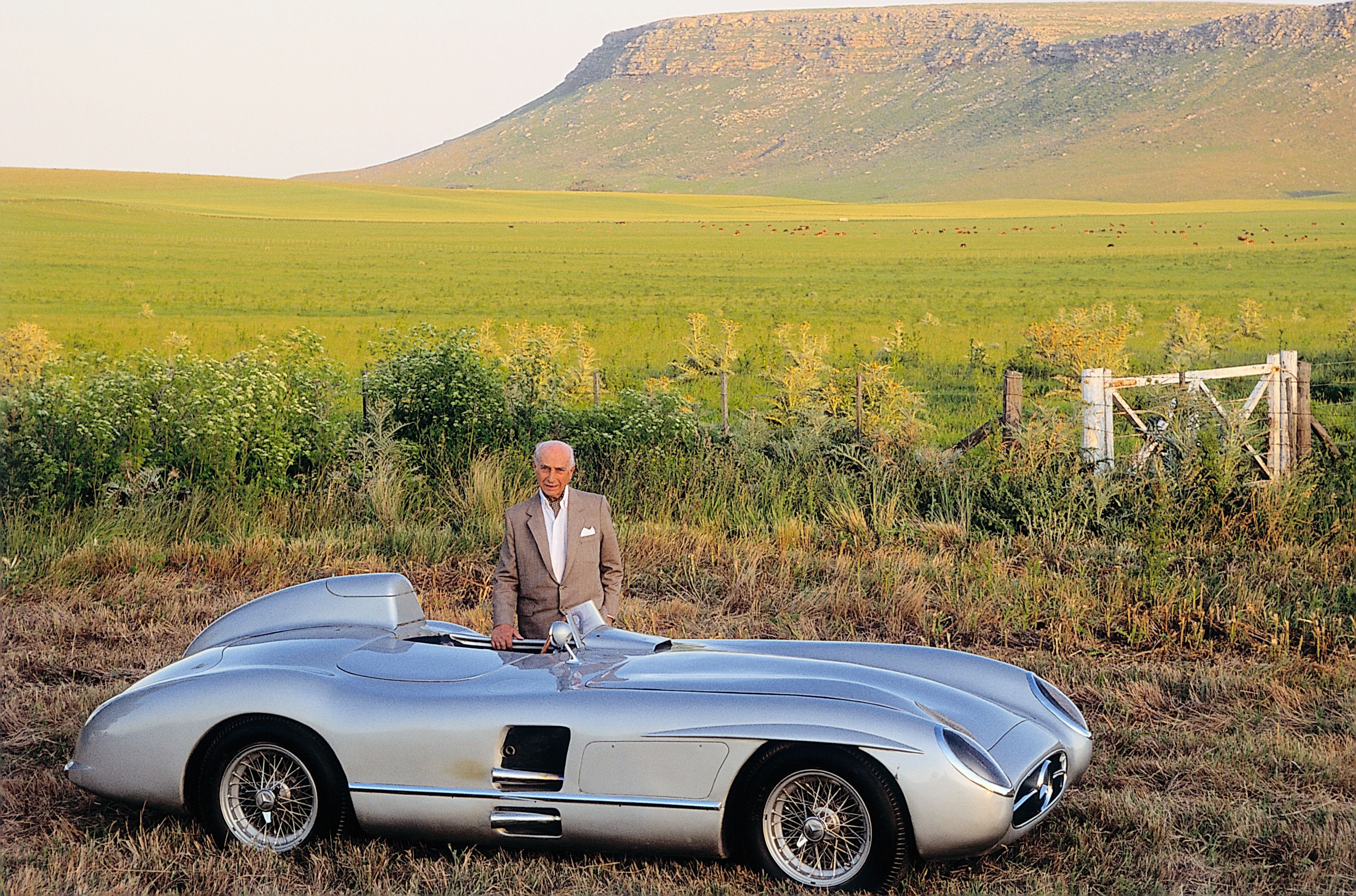The question of who is the best Formula 1 driver in the world is a subjective one. Ask your friend, and he might say Lewis Hamilton is the best, because he won the championship 7 times, or Max Verstappen, because he was the youngest driver to win a race. Michael Schumacher's name will always be mentioned in that chat because he was that good, some of the older guys might say it was Jackie Stewart, Jim Clark, Niki Lauda, or Ayrton Senna. But if you ask these greats or their idols the same question, their answer will probably be Juan Manuel Fangio.He was from Balcarce, Argentina. He was always into the mechanical things of cars and got bitten by the racing bug very early on in his life. He started working for the local garage when he was 12 and fell in love with automobiles. By the time he was 15, he got his first car, which he modified of course, and by the time he was 22, he had a garage of his own and started working on cars and trucks. He was an avid racer and participated in local events and some prestigious long-distance races. Once he cut his teeth on the hardest of terrains with makeshift race cars, he came to Europe to battle with the best drivers with the finest machinery, and the rest is history.Juan Manuel Fangio was the hero of the heroes, he accomplished many things in his motoring years. Here are 10 fast facts about Juan Manuel Fangio to determine what makes him the greatest racer of all time.
10 Great Feel For Mechanics
Fangio started tinkering with the mechanical side of automobiles at the age of 12. He started as an apprentice and went on to have his own garage. When he wasn't racing, and even most of the time while racing, he didn't worry about getting his hands dirty. He cut his teeth in pre-and-post-war Argentina, where the resources were scarce, but hopeful drivers were not.
By learning how to keep a machine running, he had an upper hand later when he went to Europe to race with the greatest. While he wasn't really accustomed to the intricate and delicate European Grand Prix cars, he quickly learned his way around them. It was not a surprise to see Fangio wrenching on his car alongside the mechanics in the pits. This proved very valuable because the team Fangio drove for had a driver who could give feedback and improve on the car.
9 He Was There Since The Start
Juan Manuel Fangio started participating in Grand Prix and Grand Épreuves in 1949, with some help from the Argentinian government. He was 37 years old at the time, which was too old for a starter because most other drivers would retire or sadly perish at that age. But he was at the perfect place at the perfect time because there was a new series of races are set to start: Formula 1.
Before 1950, races were not formally organized. But with Formula 1, FIA would act as a governing body and there would be 7 races internationally, with points awarded to drivers according to their standings. Fangio entered the 1950 Formula 1 season in an Alfa Romeo 158 and won three of the seven championship races. He lost the championship by just 3 points, to his teammate Giuseppe Farina.
8 He Won His First Championship In 1951
1951 Formula 1 season proved to be more fruitful for the Maestro. He won the opening race at Bremgarten, then went on to take pole position at Spa, Reims, and Monza, and setting the fastest lap in 5 of the 6 championship races he entered.
The 1951 season was not the easiest championship to win. Alberto Ascari and Fangio both had two wins, and they were separated by mere two points. Championship hopes were up for both of them at Pedralbes street circuit in Barcelona, the last race of the season. But Fangio won the race comfortably and became the 1951 Drivers' World Champion
7 A True World Champion
In 71 years of Formula 1 racing, there have been 33 different world champions. All of them were superb drivers and deserved their titles, but being a world champion takes something more than pure skill and courage, not that Fangio lacked any of that, but to be a true world champion, you'll also need a very strong character.
Fangio was a great man. He was always very kind, helpful, and humble. Even in success, he was fair. He always treated his mechanics and team members as family. While he was undeniably the leader, he knew when to be a team player. In 1955, Fangio was leading the British Grand Prix, and sitting just at his tail, as always, was Sir Stirling Moss, but somehow, at the last lap of the race, Moss took the lead and won the race with a lead of 0.2 seconds. While no one other than Fangio knows what happened that day, Moss believed that Fangio just let him win his home race, but according to Fangio, Moss was just better. In fact, Fangio was such a good guy, that when he was kidnapped in Cuba, they let him go unharmed.
6 An Artist Behind The Wheel
Driving a single-seater Grand Prix car is a tricky business. They accelerate, stop, and turn like nothing else. Commanding such power is not for the faint-hearted and slow-handed. The racing drivers of today have great reaction times, regardless of the discipline. But to drive a glorified go-kart in speeds well over 200 mph with such precision takes hard work and skill. But to many, including current drivers, today's drivers have it easy.
In the 1950s, race cars were a whole different breed. To drive those ungainly and hard-to-tame beasts for three hours, reaction times were not enough. Those drivers had strength, stamina, and courage, a lot of it. But Fangio had all that, plus finesse, and style. He drove the car as slowly as possible to win, which was very entertaining to watch. He liked the four-wheel power drifts, and spectators liked to watch him do it. He was truly an artist.
5 One Of The Five F1 Drivers To Win Behind The Wheel Of A Mercedes
Mercedes' relationship with Grand Prix racing is an interesting one. On one hand, they are one of the most successful marques of all time when it comes to Formula One, and have an impressive 50% win rate for all the races they entered, and have many more records to their name. They have won the Constructors' Championship seven times, and the champion driver drove a Silver Arrow 9 times.
Yet, as at the time of writing, there are only 5 drivers ever who have won a Formula 1 race driving a Mercedes; Lewis Hamilton, Valtteri Bottas, Nico Rosberg, Sir Sterling Moss, and Juan Manuel Fangio. Quite a special club. The reason behind this quite peculiar statistic is a tragic one. In fact, it's one of the biggest tragedies involving motorsports: the 1955 Le Mans Disaster. After this race, Mercedes immediately pulled from all motor racing.
4 One Of The First Professional Drivers
Back in the day, drivers were not very professional. They were keener on staying up late and partying, missing practice days, and driving like demons on the race day. But not Fangio. He enjoyed partying as much as the next guy, but when it comes to racing, he approached it very professionally.
He had a habit of roaming the track with bicycles and motorcycles to learn the track and strategize for race day. He was always personally involved in the car's setup, always listened to his mechanics, and never pushed the car more than he needed to.
3 He Won 5 World Championships With 4 Different Teams
This is a record that's most likely to stay. Fangio raced in Formula 1 for 8 years, though 1952 doesn't count because he was tending to his injuries due to a near-fatal crash at Monza and spent most of the year in Argentina. He won the championship for a then-record 5 times.
But more impressive than that is he did it with four different teams; Alfa Romeo, Maserati, Mercedes, and Ferrari. All of these teams had different organizations and different views, but Fangio managed to win a championship with each of them.
2 He Has The Highest Win Percentage
This is another record that's very hard to beat. Juan Manuel Fangio participated in 52 championship races in Formula 1. He had 29 pole positions and 35 podiums, 24 of which were wins. This is especially good because back then, there were only 7 championship races and non-Americans couldn't participate in the Indy 500.
This makes his win percentage 46.15%. Which was incredible at the time and virtually impossible to break nowadays. Because there are so many races, you would have to be in a top team at the start of your career to start winning as soon as possible. But Fangio did it... because he was that good.
1 Best Grand Prix Driver Of All Time
According to a scientific study conducted by Dr. Andrew Bell of the University of Sheffield, Juan Manuel Fangio is the best Formula 1 driver of all time. Dr. Bell and his team used all the data available to them and created a complex statistical model that excludes the team's effect on drivers' performance and focuses solely on who is the best and as a result, Juan Manuel Fangio topped the charts.
While this study won't be the be-all and end-all when it comes to the best driver argument, there is no arguing that Juan Manuel Fangio was great in his heyday. What he could achieve with '50s cars is nothing short of incredible, and for him to do it as consistently as he did is why he is considered the greatest of all time.

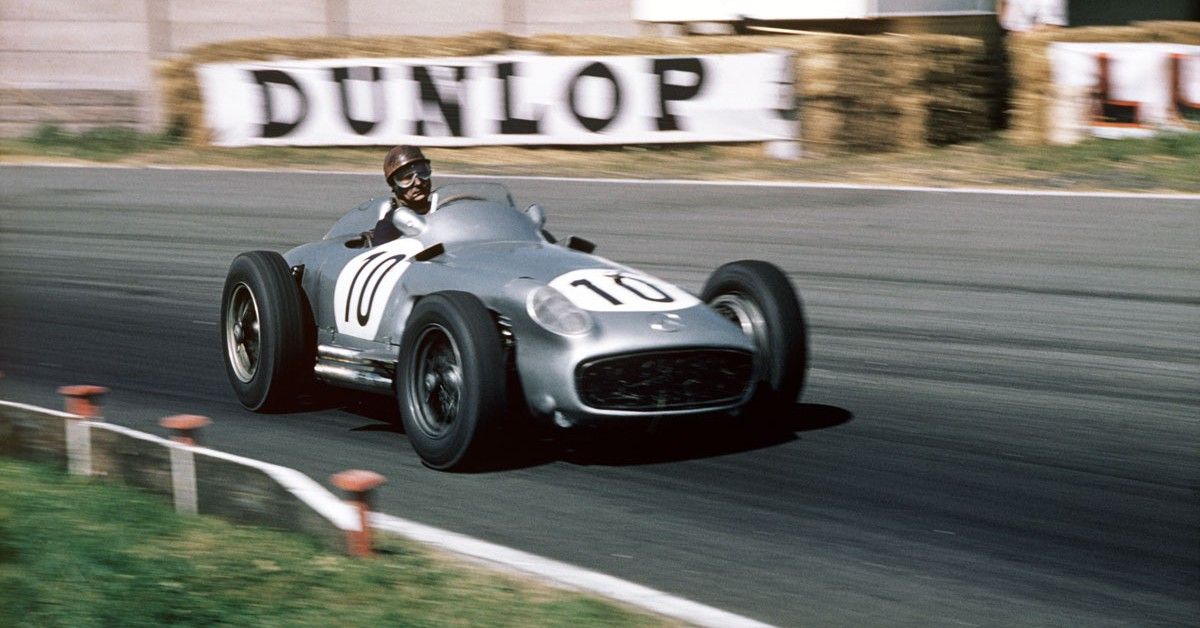
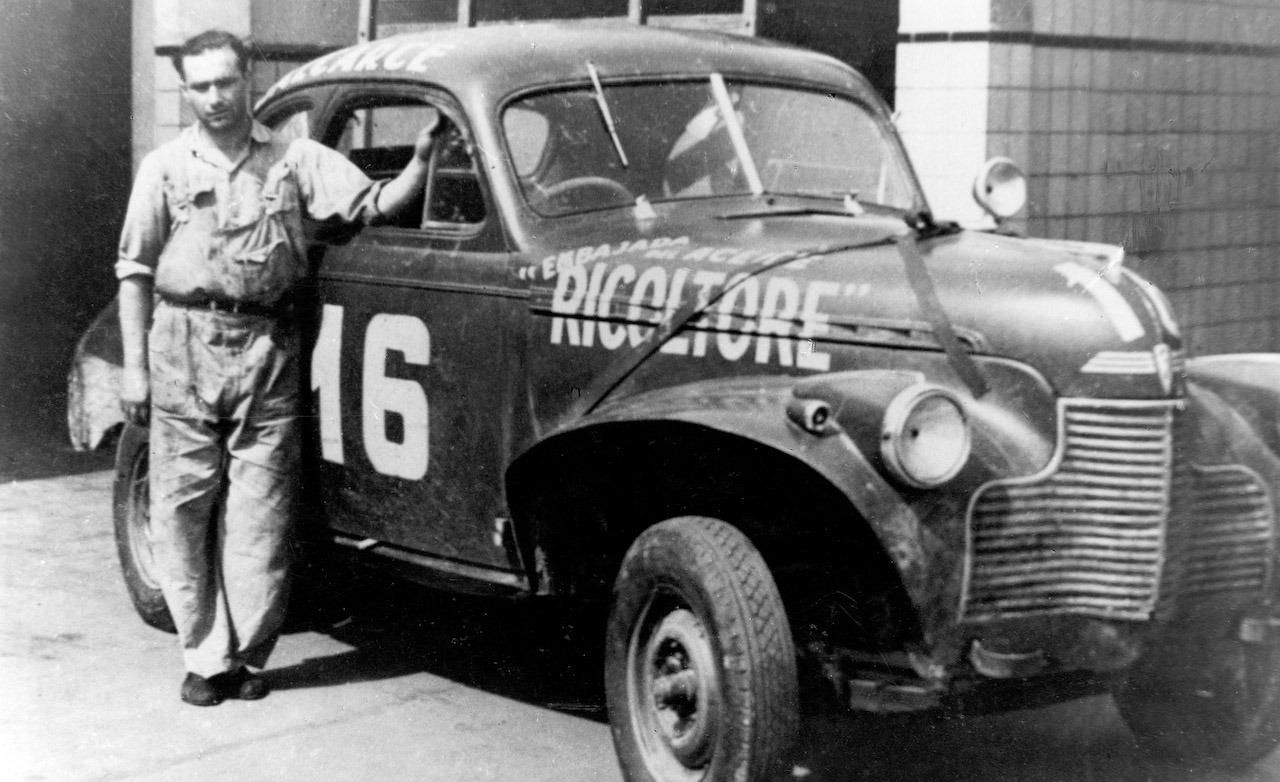
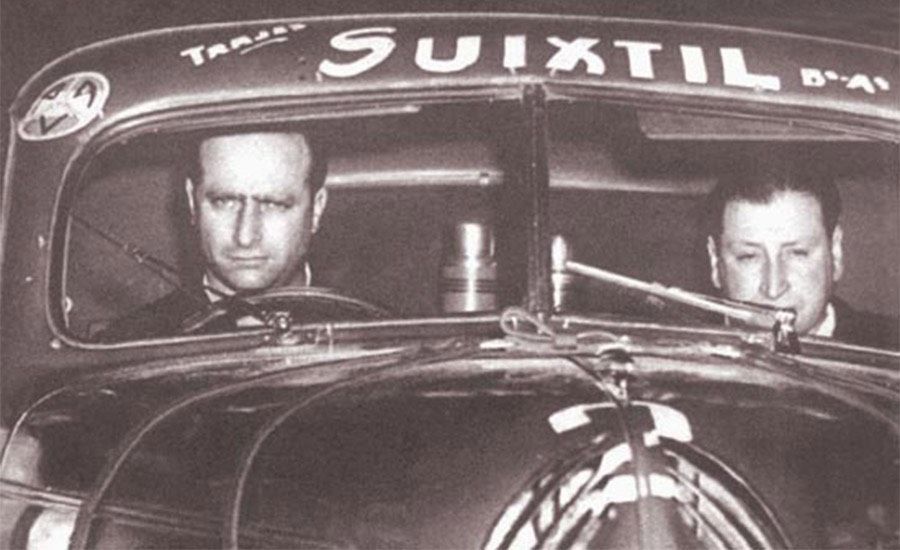
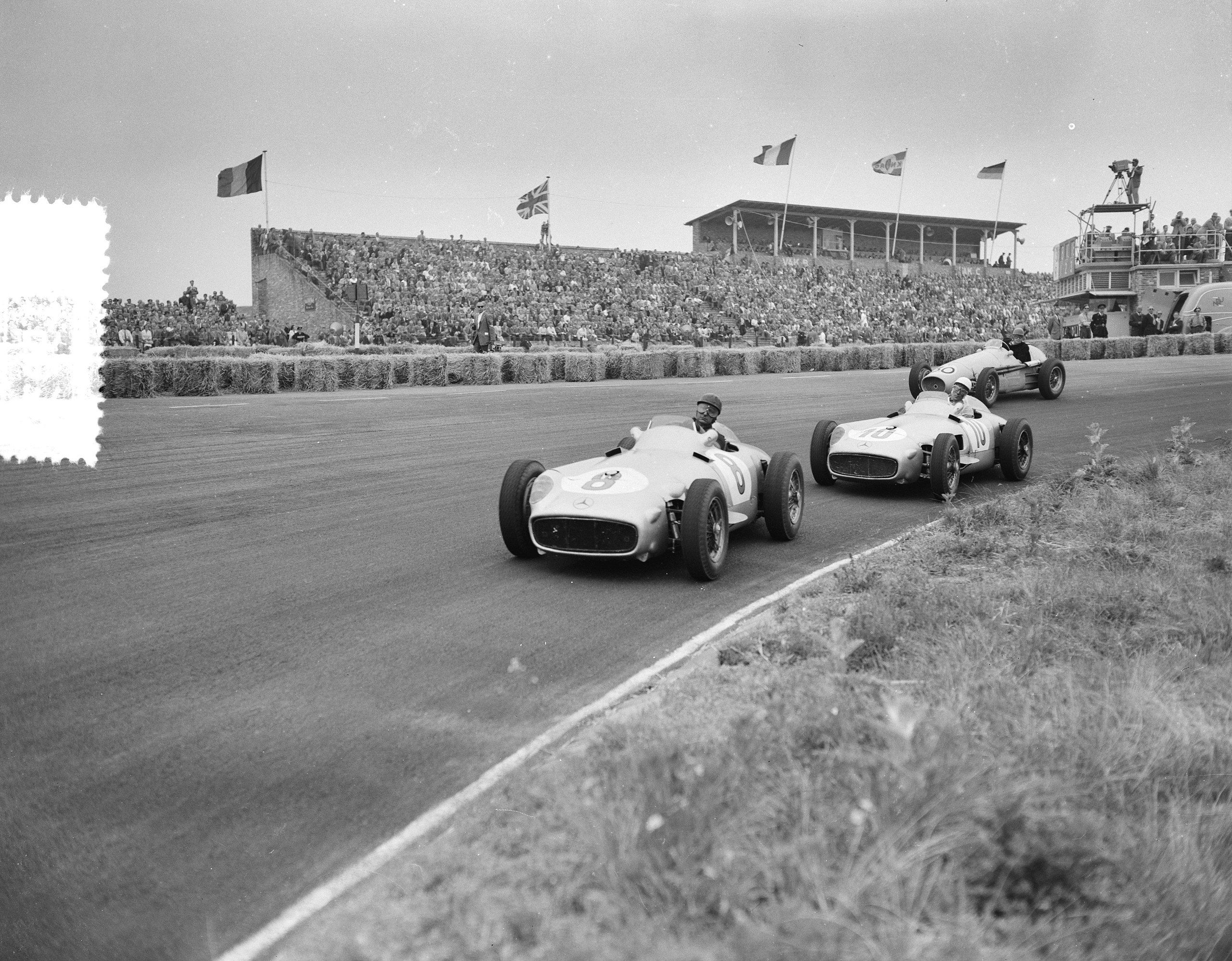
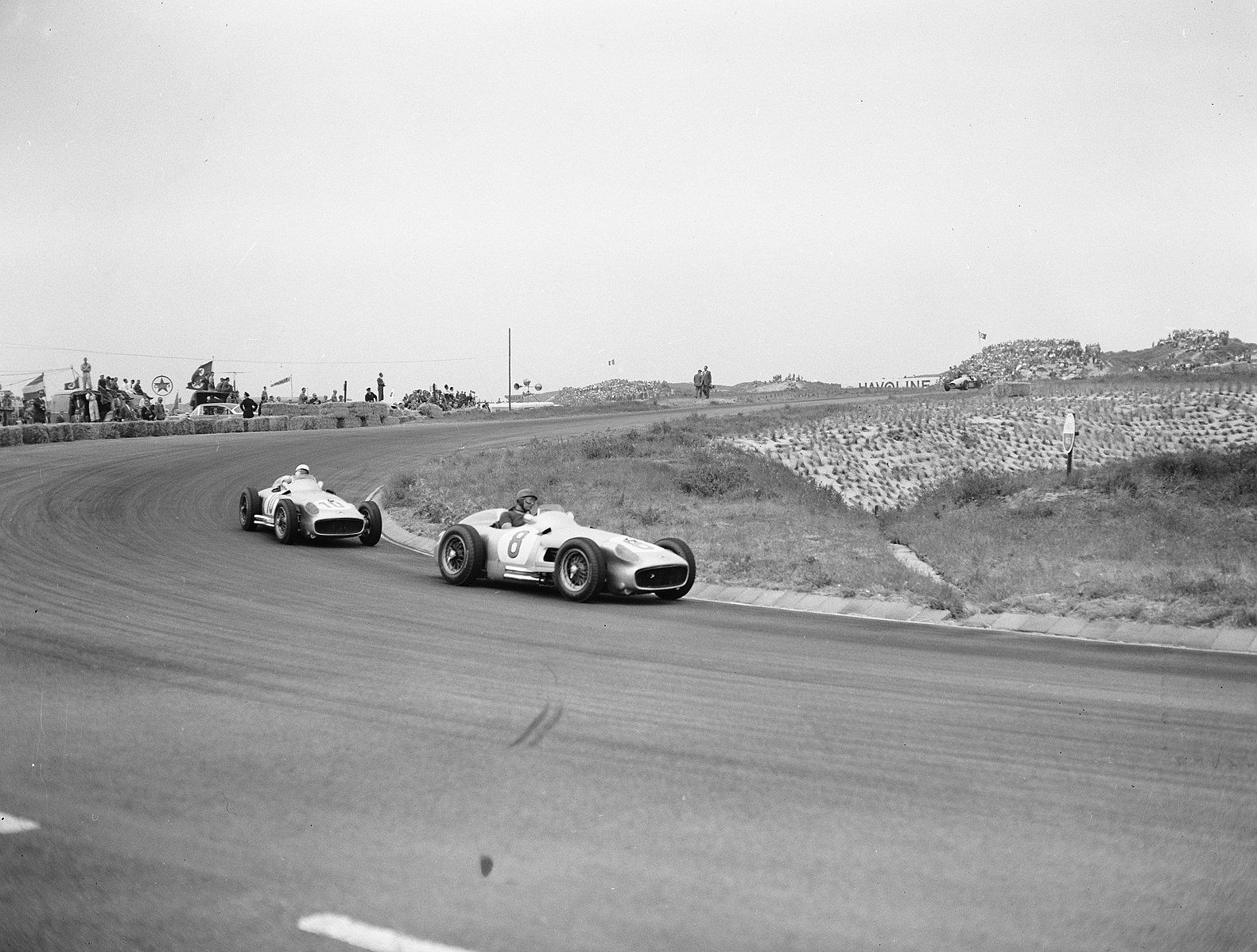
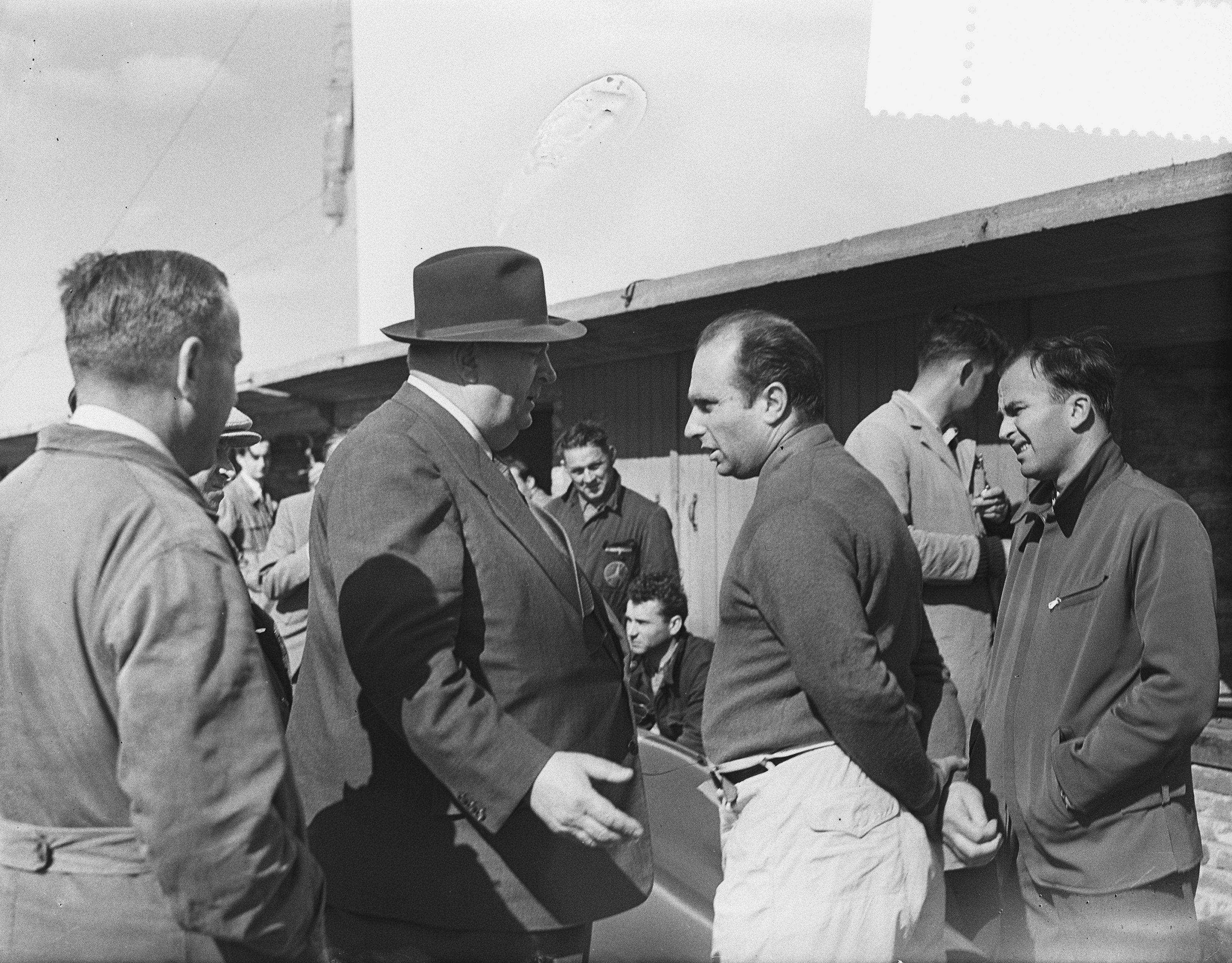
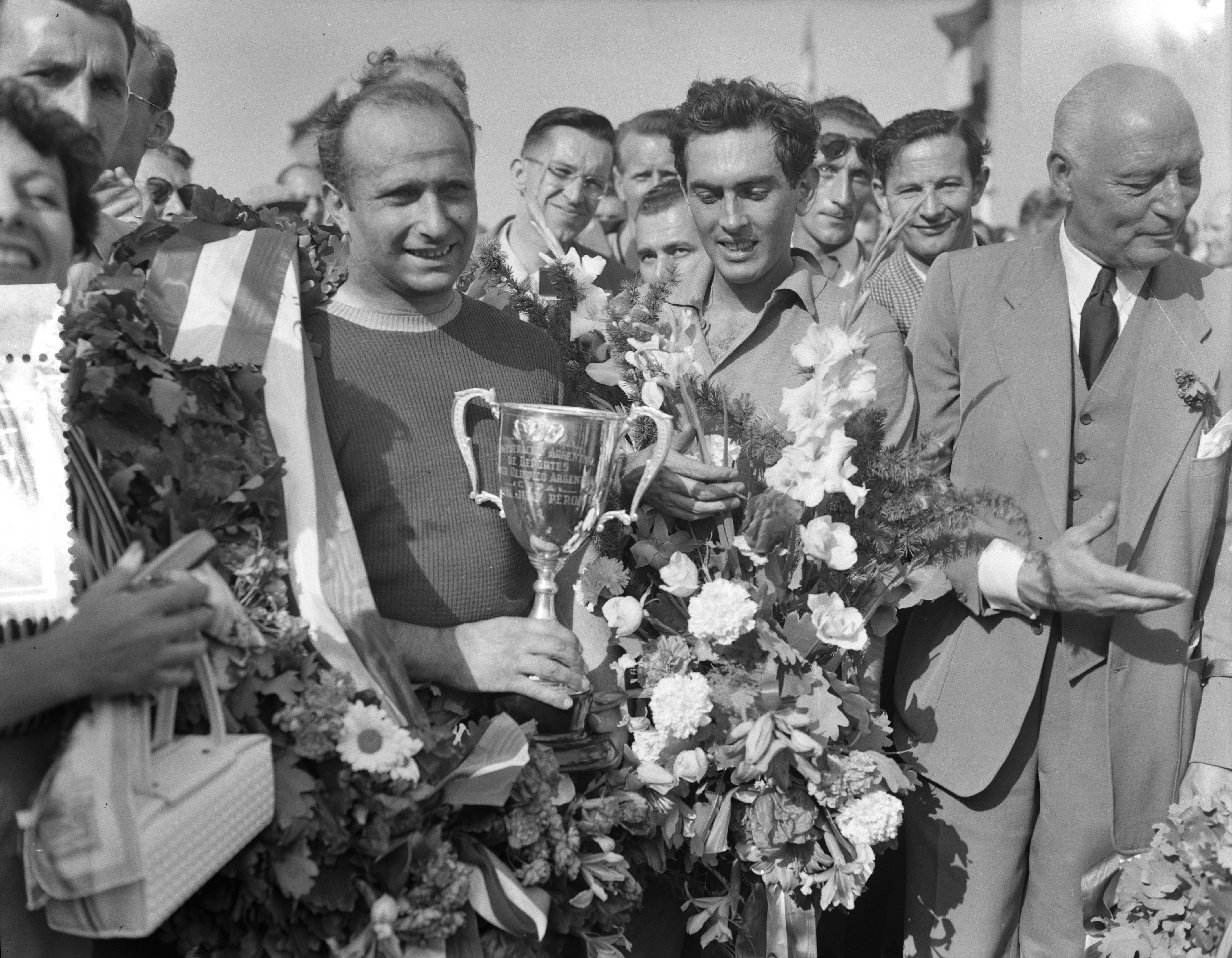
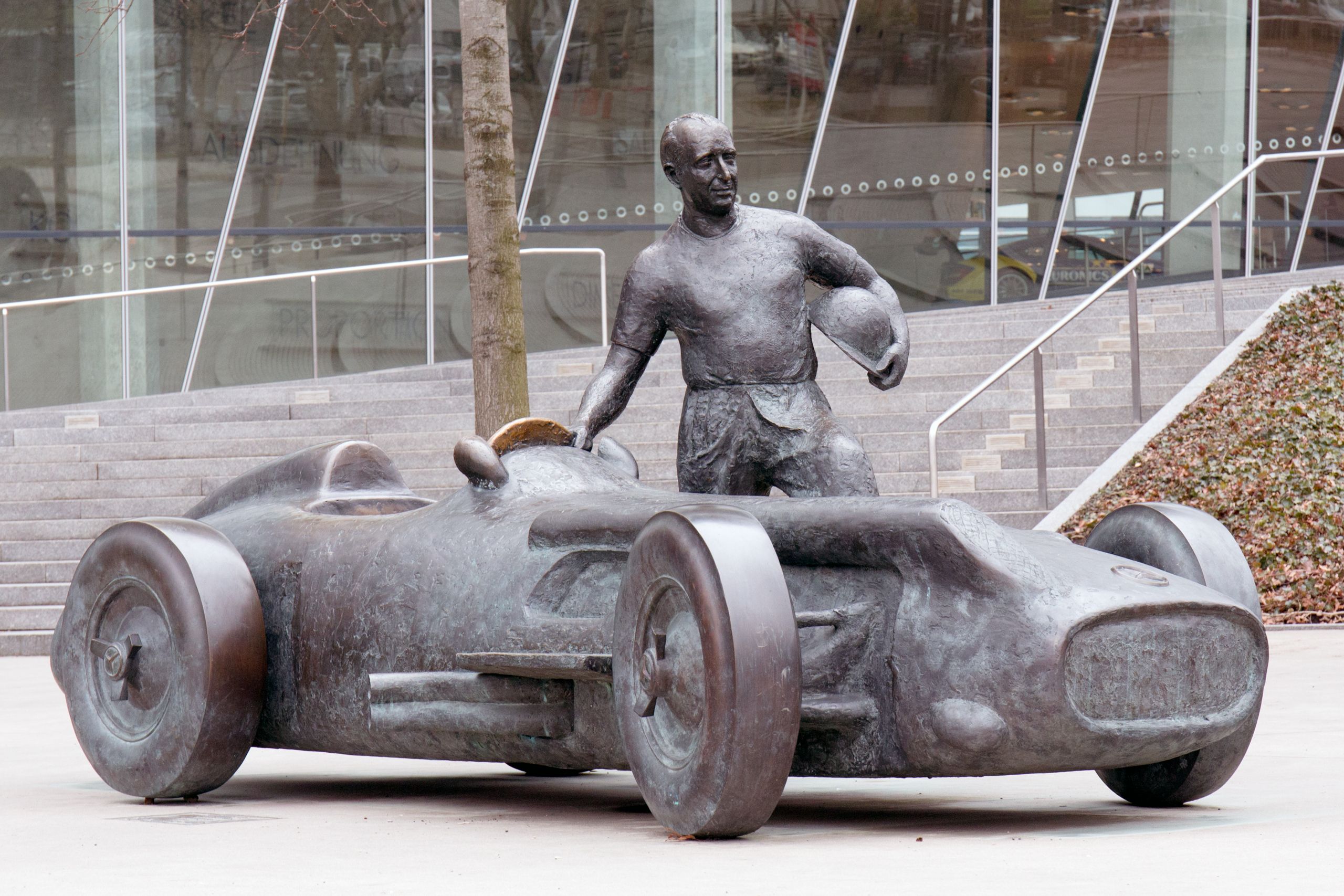

_wordt_gefel_Bestanddeelnr_907-1900.jpg)
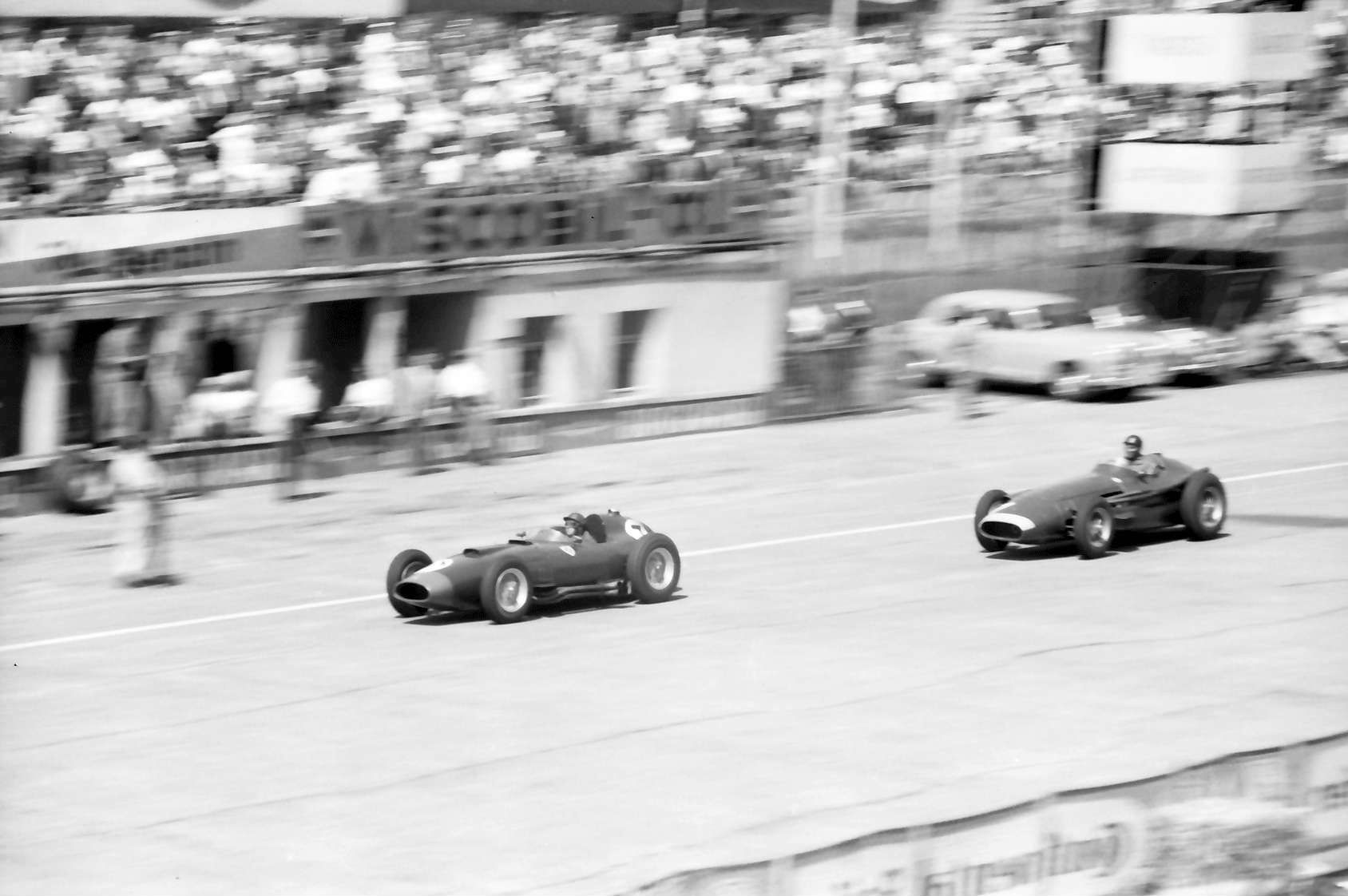
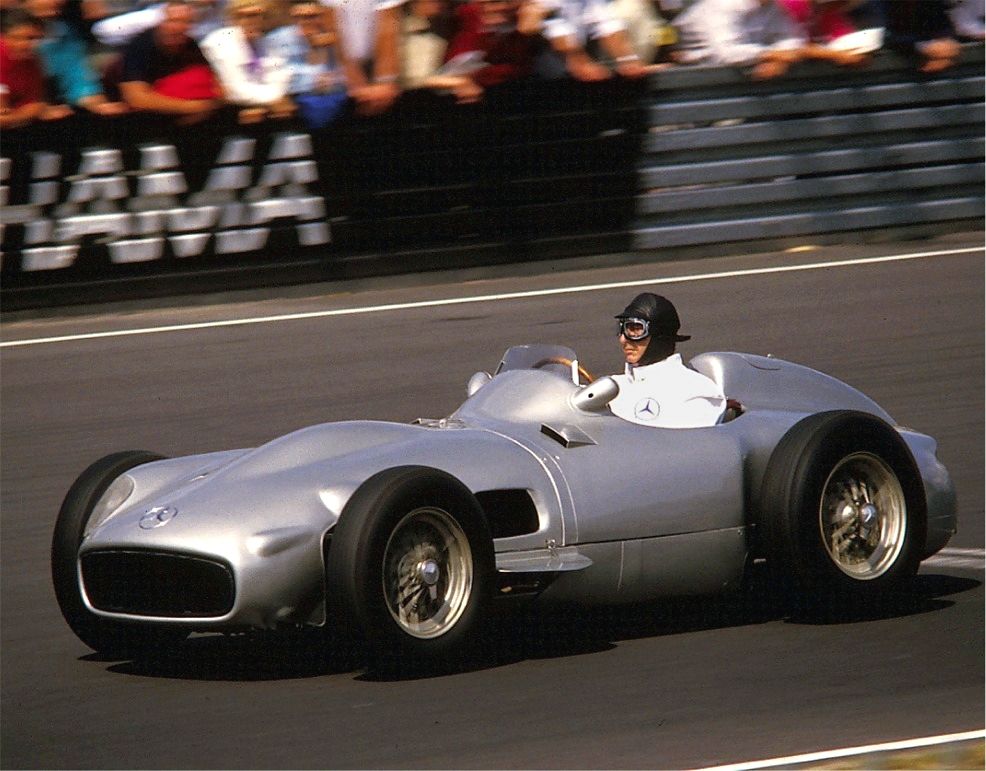
x.jpeg)
